THE SCIENCE OF GLASS SKIN. IS IT ACTUALLY POSSIBLE ?

Let’s be honest, scrolling through social media lately feels like walking through a gallery of impossibly smooth, dewy faces. Skin so radiant it reflects light like glass. No pores, no texture, no dullness. Just that “lit-from-within” glow. And somewhere between admiration and envy, we all wonder the same thing: Is that even real?
The term “glass skin” might sound like another fleeting beauty trend, but it’s rooted in something much deeper than filters or fancy lighting. It’s actually a philosophy of skin health born from K-beauty culture that’s more about long-term nourishment than quick fixes.
But here’s the twist: while glass skin looks effortless, it’s anything but accidental. There’s real science (and a lot of patience) behind it. Let’s unpack what glass skin actually means, what it takes to get there, and whether it’s truly achievable or just another glossy illusion.
What Exactly Is “Glass Skin”?
“Glass skin” is not a specific product or single routine; it’s a look. Imagine skin so healthy, hydrated, and even-toned that it literally reflects light like glass.
To get that kind of luminosity, your skin needs three key things:
-
Deep hydration: Water content is the foundation of plump, bouncy skin.
-
Smooth texture: Minimal roughness means light can reflect evenly.
- Even tone: No patches, dullness, or shadowy spots interrupting the glow.
In essence, glass skin isn’t about makeup; it’s about achieving skin that looks translucent, supple, and radiant all on its own.
Where the Concept Came From
Glass skin emerged from South Korea’s skincare world, where the focus isn’t on hiding imperfections but on maintaining skin health from the ground up.
K-beauty has always emphasized multi-step routines designed to hydrate, repair, and protect the skin barrier. Unlike Western skincare, which often prioritizes exfoliation and actives, K-beauty is all about layering moisture, like essence, serum, ampoule, moisturizer, and mist.
So when influencers or celebrities in Korea talked about “glass skin,” they weren’t chasing perfection. They were celebrating a kind of glow that only comes from balanced hydration, nourishment, and protection in harmony.
The Science Behind That Glow
Here’s what’s really happening under the surface when your skin looks “glass-like”:
1. Hydration = Light Reflection
When the skin is well-hydrated, the surface becomes smoother and more uniform. That even surface reflects light more effectively, giving off that luminous finish.
Ingredients like hyaluronic acid, glycerin, and snail mucin act as humectants; they pull water into the skin and keep it there. That’s why glass skin routines are heavy on hydrating toners, serums, and creams.
2. Barrier Health = Elasticity
A strong skin barrier locks in moisture and keeps irritants out. When it’s damaged, you get dullness, flaking, or uneven texture, the exact opposite of glass skin.
Ceramides, fatty acids, and cholesterol help reinforce that barrier, keeping your skin resilient and smooth.
3. Gentle Exfoliation = Clarity
Exfoliating helps remove the buildup of dead skin cells that make your complexion look tired. But the keyword here is gentle. Overdoing it can cause microtears and irritation, which destroys that glossy finish.
Mild exfoliants like PHA or lactic acid refine skin texture without stripping it.
4. Collagen and Elasticity
Collagen gives your skin structure and firmness. Without enough of it, your skin can sag or look deflated. While collagen creams can help a little, it’s the combination of vitamin C, peptides, and antioxidants that truly helps stimulate your skin’s natural collagen production.
Is It Actually Possible to Get Glass Skin Naturally?
Short answer: Yes, but not in the way you might think.
Glass skin isn’t a one-time achievement; it’s a reflection of consistently healthy skin habits. Your natural skin texture won’t disappear, and that’s okay. The idea isn’t to erase your pores or oiliness, it’s to get your skin functioning at its best.
Here’s what makes glass skin possible for most people:
✅ Consistency Over Complexity
It’s not about 12 steps, it’s about being consistent with 3-5 well-formulated ones that hydrate, protect, and repair.
✅ Understanding Your Skin Type
Dry, oily, or sensitive, all can achieve glass skin, but your path will look different. For instance:
-
Dry skin needs richer moisturizers and hydrating masks.
-
Oily skin benefits from lightweight, non-comedogenic layers.
- Sensitive skin thrives on fragrance-free and minimal formulas.
✅ Avoiding Harsh Shortcuts
Over-exfoliating, skipping SPF, or piling on too many actives can undo all your progress. The glow you want starts with calm, well-balanced skin.
The 5-Step Science-Backed Glass Skin Routine
If you’re wondering where to begin, here’s a simple, evidence-based routine that captures the essence of “glass skin” without being overwhelming.
Step 1: Double Cleanse (Evening Only)
Start with an oil cleanser to remove sunscreen and makeup, followed by a gentle water-based cleanser to sweep away impurities.
- Why it matters: Cleansing sets the foundation for absorption. Clean pores = better glow.
Step 2: Hydrating Toner or Essence
Swap your harsh astringent toner for a moisture-boosting one. Look for hyaluronic acid, panthenol, or snail mucin.
-
Tip: Apply with your hands, not a cotton pad, to avoid unnecessary friction.
Step 3: Targeted Serum
Serums are where the real skin transformation happens.
-
Use vitamin C for brightness, niacinamide for barrier support, or peptides for firming.
- Layering hydrating and antioxidant serums gives your skin that “inner glow” over time.
Step 4: Moisturizer (Seal the Deal)
Opt for a light yet nourishing moisturizer that locks in hydration without greasiness.
-
Ingredients to look for: ceramides, squalane, or centella asiatica (cica).
Step 5: SPF (The Non-Negotiable)
Your glow means nothing without protection. UVA and UVB rays break down collagen and cause pigmentation, both of which dull your skin.
-
Choose broad-spectrum SPF 30-50 daily, even indoors.
Ingredients That Truly Deliver the “Glass” Look
Let’s call out the real heroes behind that gleaming finish:
-
Hyaluronic Acid: Pulls water into the skin for plumpness.
-
Niacinamide: Evens tone and strengthens your barrier.
-
Snail Mucin: Promotes healing, hydration, and elasticity.
-
Vitamin C: Brightens dullness and boosts collagen.
-
Centella Asiatica: Soothes inflammation and repairs.
-
Peptides: Signal your skin to produce more collagen.
- Ceramides: Keep the moisture sealed in.
These ingredients work in synergy to provide hydration, protection, and repair to help your skin reflect light evenly, giving that glass-like finish naturally.
What’s Stopping You From Achieving Glass Skin
Even if you’ve got all the right products, a few habits could be holding your glow hostage.
1. Over-Exfoliating
Too many acids or scrubs strip the skin barrier, leaving redness instead of radiance.
2. Inconsistent Routine
Your skin thrives on routine. Jumping between products every week won’t allow your skin to adapt.
3. Ignoring Internal Health
Dehydration, stress, poor diet, and lack of sleep can dull even the most expensive skincare routine.
4. Skipping SPF
Nothing ruins glass skin faster than UV exposure. Period.
5. Expecting Overnight Results
It takes time……. real, biological time for your skin to rebuild collagen, retain hydration, and smooth texture. Think months, not days.
The Role of Lifestyle in Achieving Glass Skin
Your lifestyle choices are just as important as your skincare products. Here’s what dermatologists and estheticians agree on:
Healthy skin starts from within. The more balanced your body, the more effortlessly your skin reflects that vitality.
The Glass Skin Illusion: What’s Real and What’s Not
Now, let’s be real for a second. Some of the “glass skin” you see online is filtered or achieved under ring lights. Skin naturally has texture, pores, fine lines, and freckles. These things are normal.
The goal isn’t perfection. It’s luminosity. Glass skin should be viewed as a metaphor for health, not flawlessness.
What’s actually achievable:
-
Hydrated, smooth, bouncy skin that glows naturally.
What’s not realistic?
-
Completely texture-free, mirror-shiny skin that never gets oily or dry.
When you focus on skin health, you’ll find that your natural glow is far more beautiful and sustainable than any filter.
How to Maintain That Glow Long-Term
Even after achieving hydrated, radiant skin, maintenance is key. Here’s how to keep it going:
-
Don’t skip moisturizer even if your skin feels oily.
-
Exfoliate just once or twice a week to keep texture refined.
-
Top up your hydration with facial mists or essence mid-day.
-
Repair nightly with a nourishing sleeping mask or ceramide cream.
- Never skip sunscreen. Ever.
Consistency is the quiet magic behind glass skin. It’s not glamorous, but it works.
So… Is Glass Skin Actually Possible?
Yes, but it’s not a miracle, and it’s definitely not about perfection. Glass skin is what happens when you give your skin consistent hydration, gentle care, and protection over time.
If your skin barrier is healthy, your moisture levels are balanced, and your products are right for your type, you’ll naturally start to notice that luminous, “lit-from-within” sheen.
But remember: the real glow isn’t just on the surface. It’s in how your skin feels calm, strong, and nourished.
The Final Takeaway
The pursuit of glass skin isn’t about vanity; it’s about understanding your skin’s biology and giving it what it needs to thrive.
It’s about slowing down, paying attention, and choosing ingredients that work with your skin, not against it.
Because at the end of the day, “glass skin” isn’t a filter, it’s a reflection of balance, hydration, and self-care done right.
So, can you achieve glass skin? Absolutely. But the real question is: can you stay consistent enough to let your skin show you what it’s capable of?





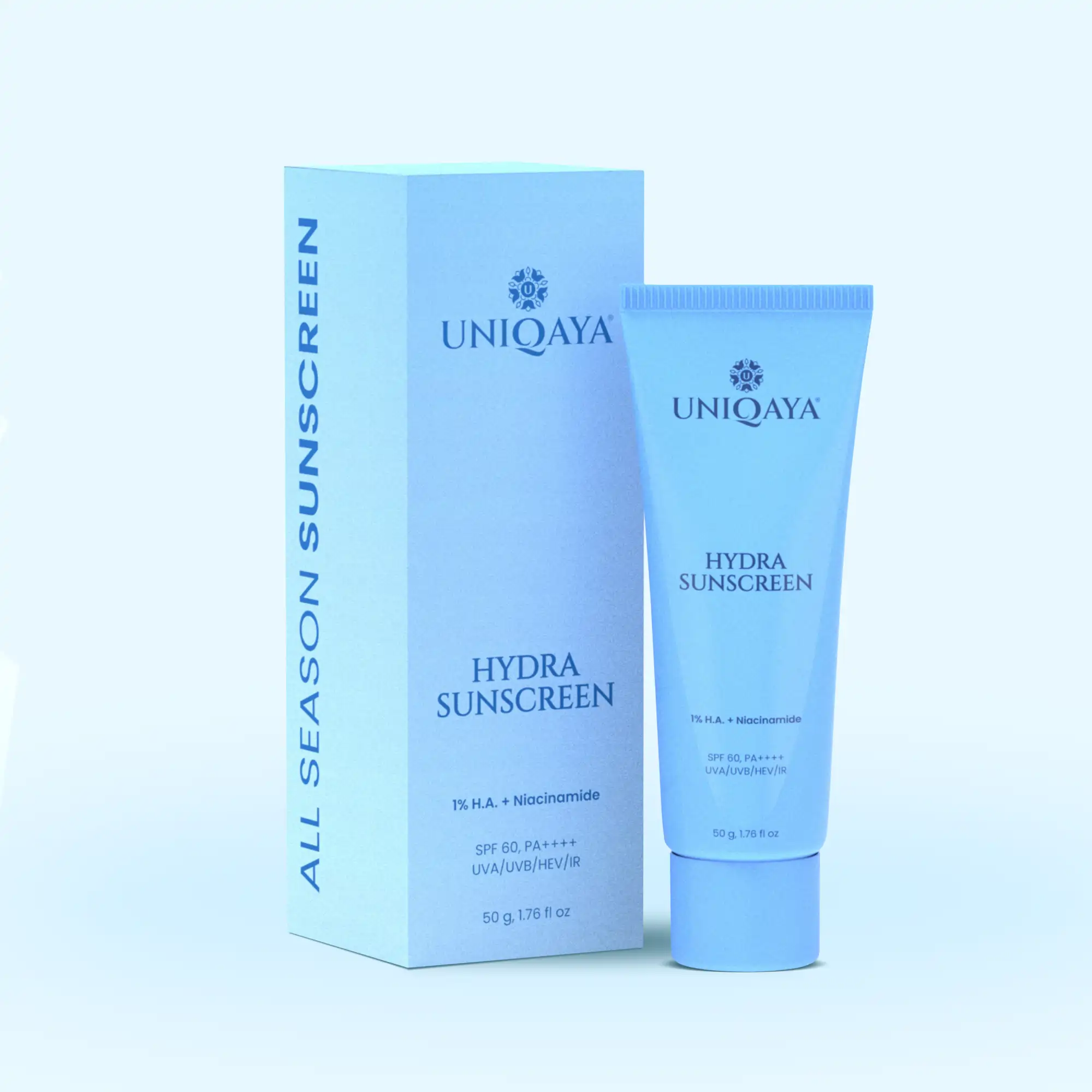

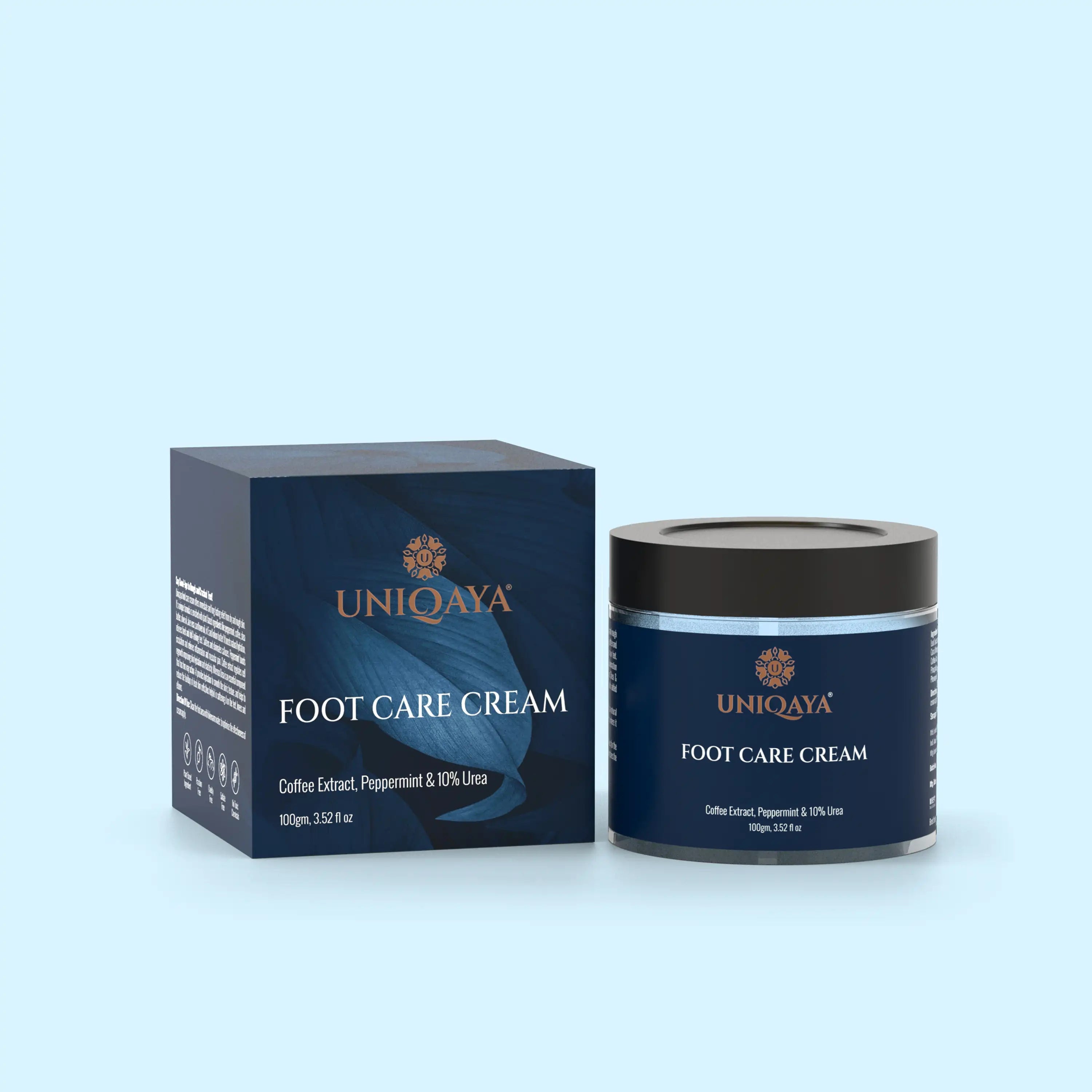
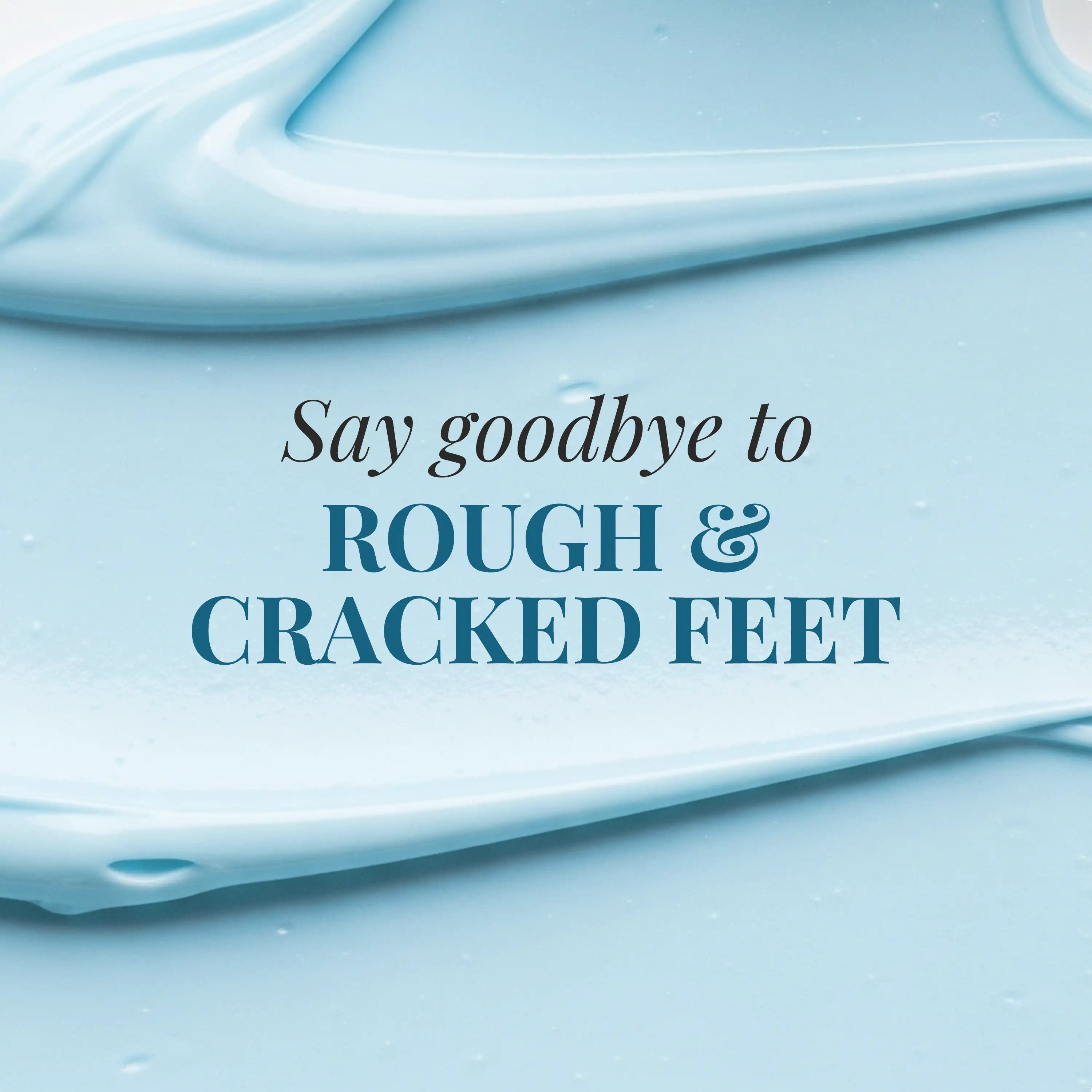
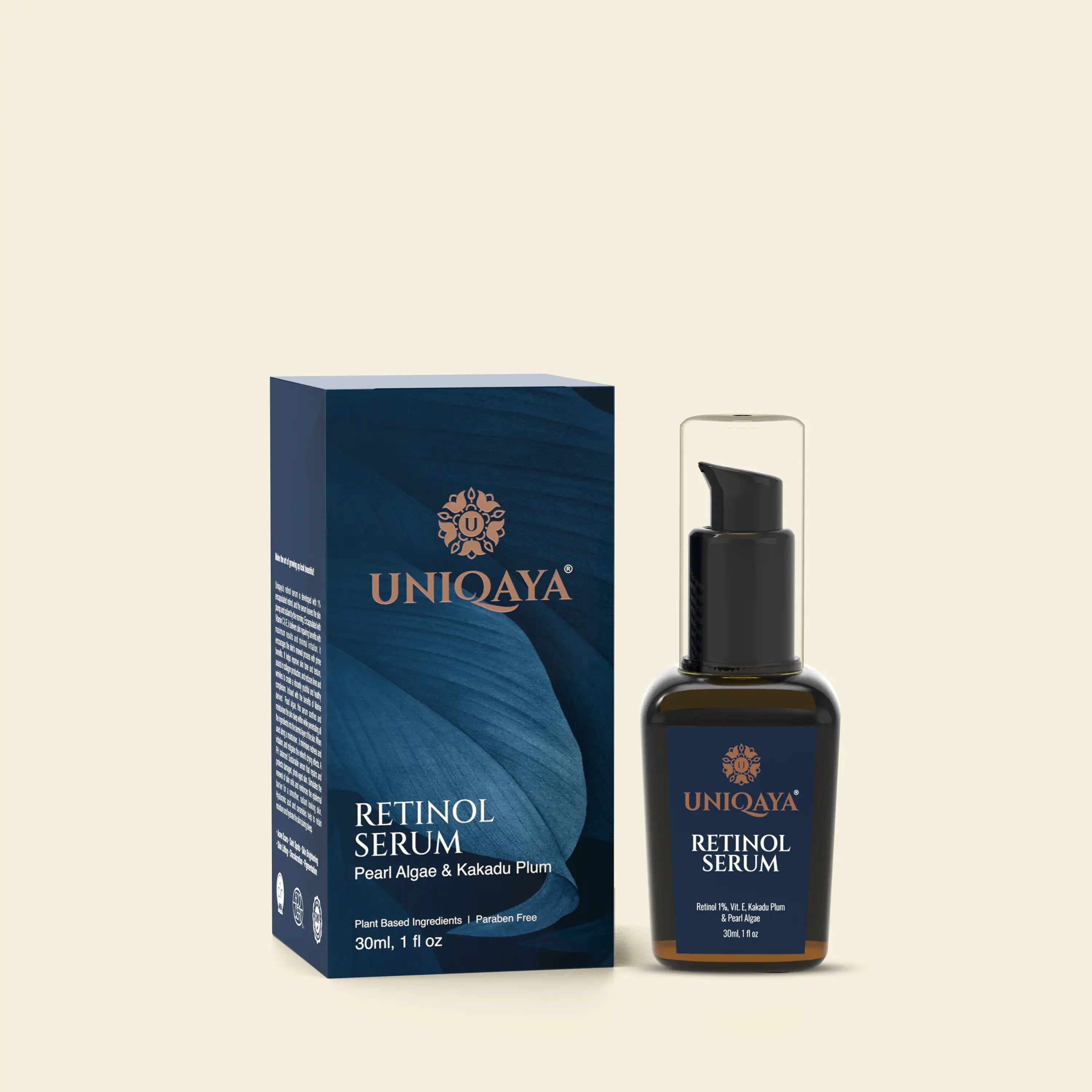
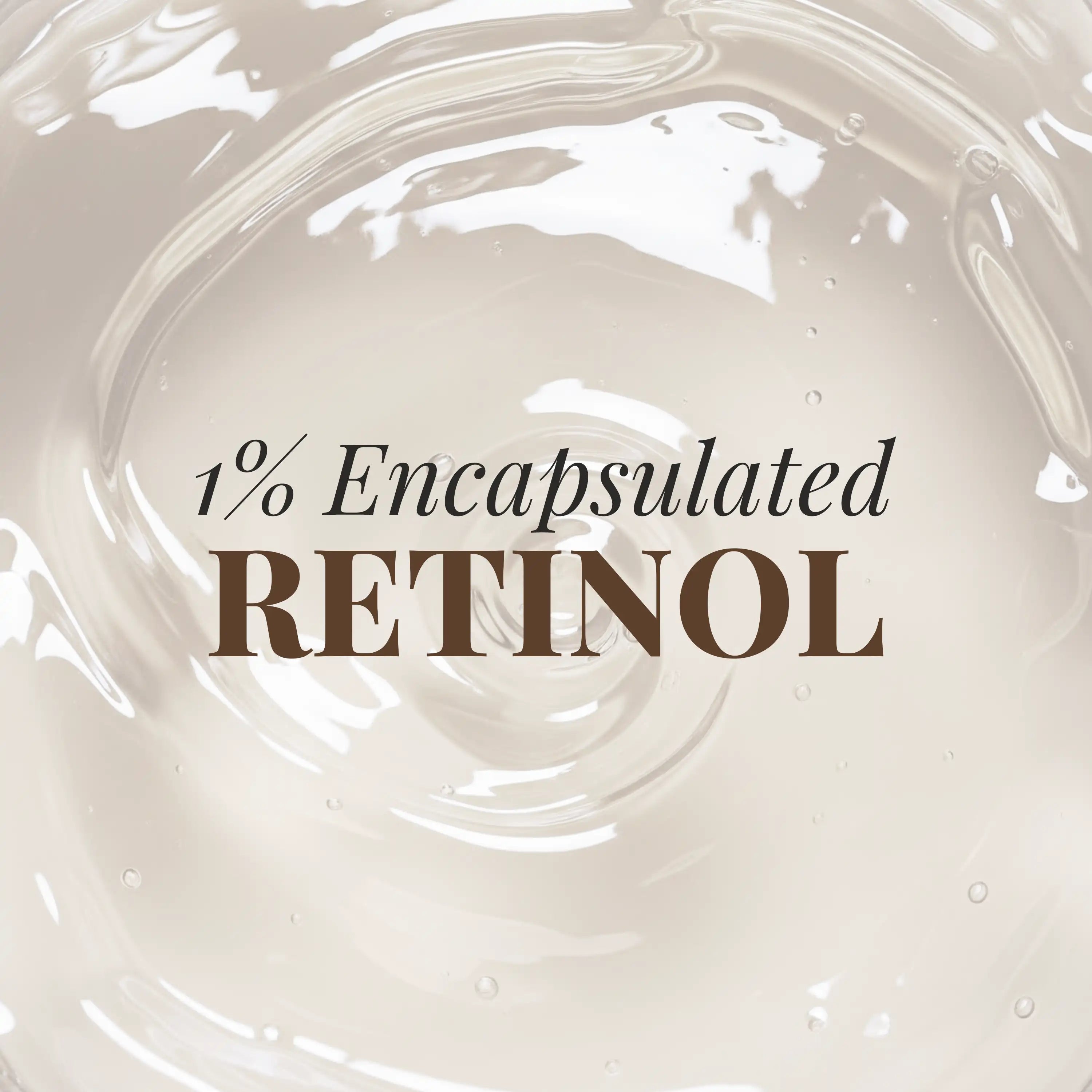
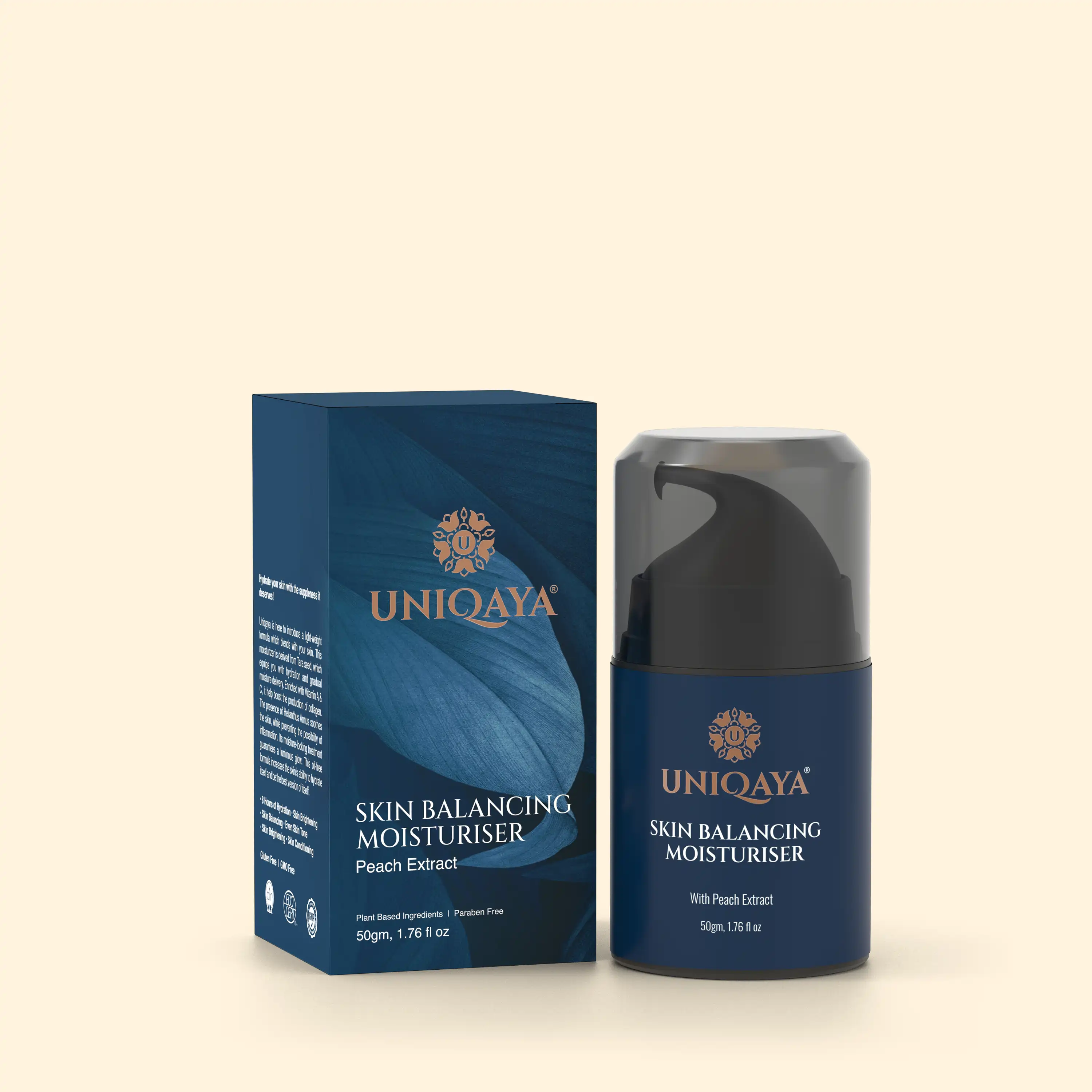

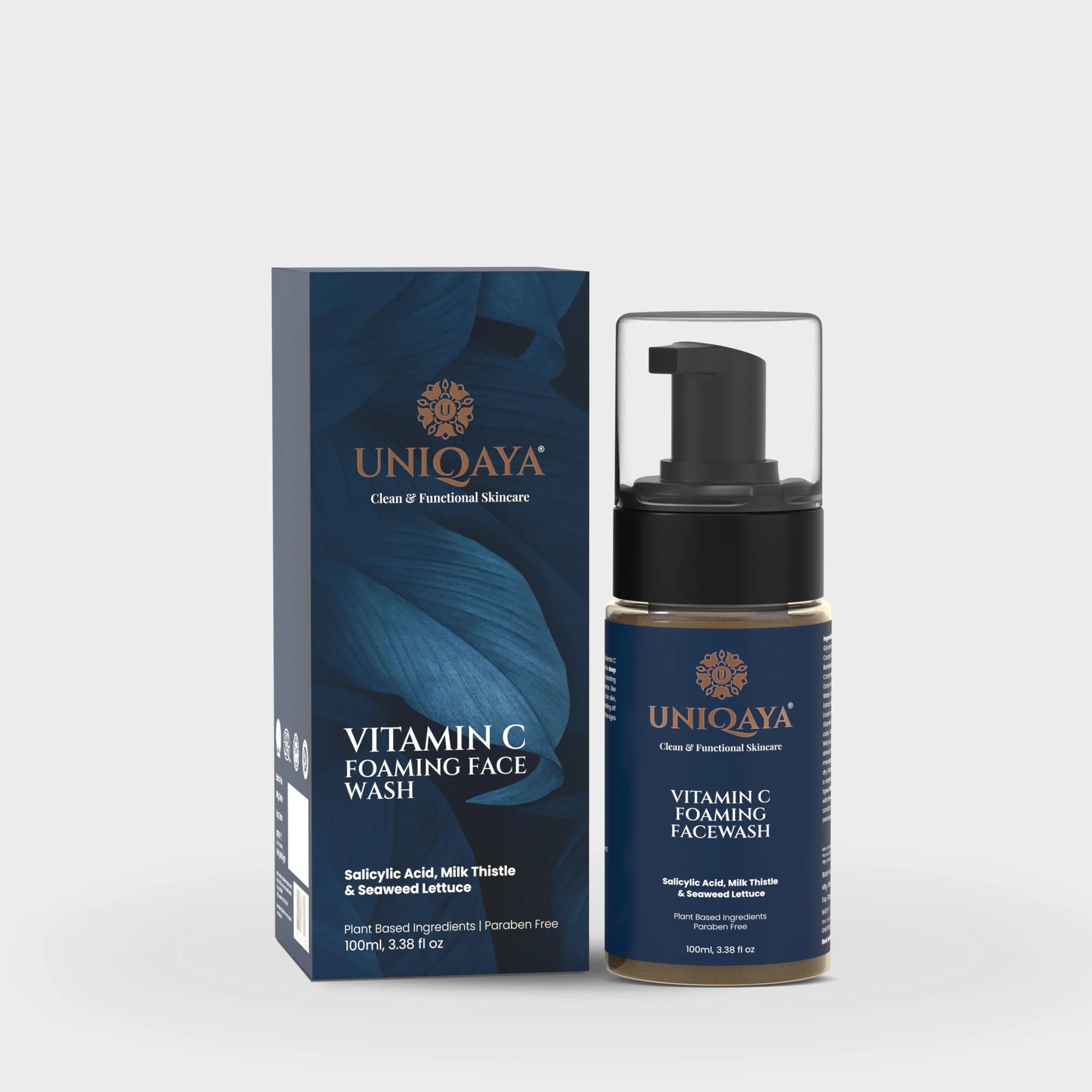
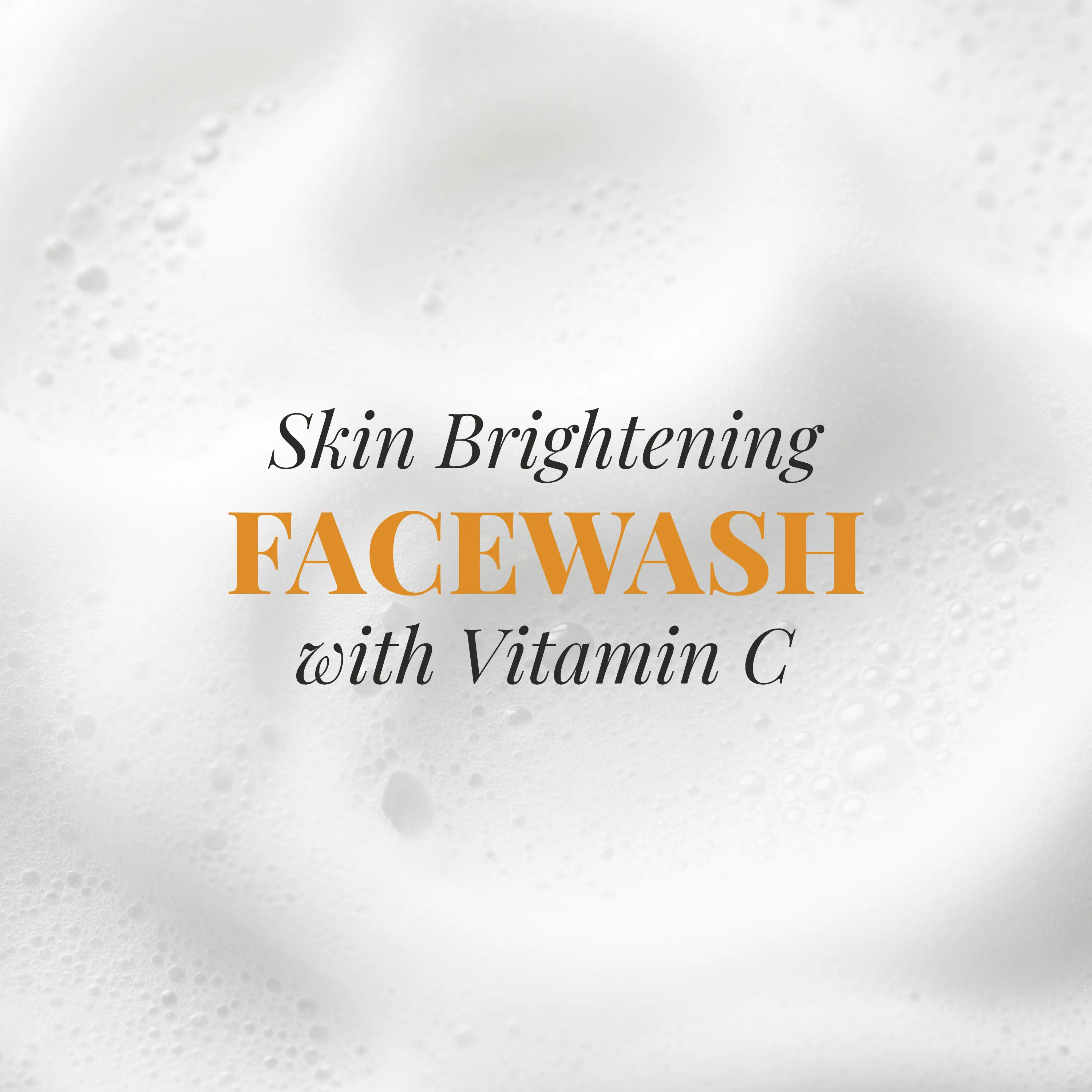
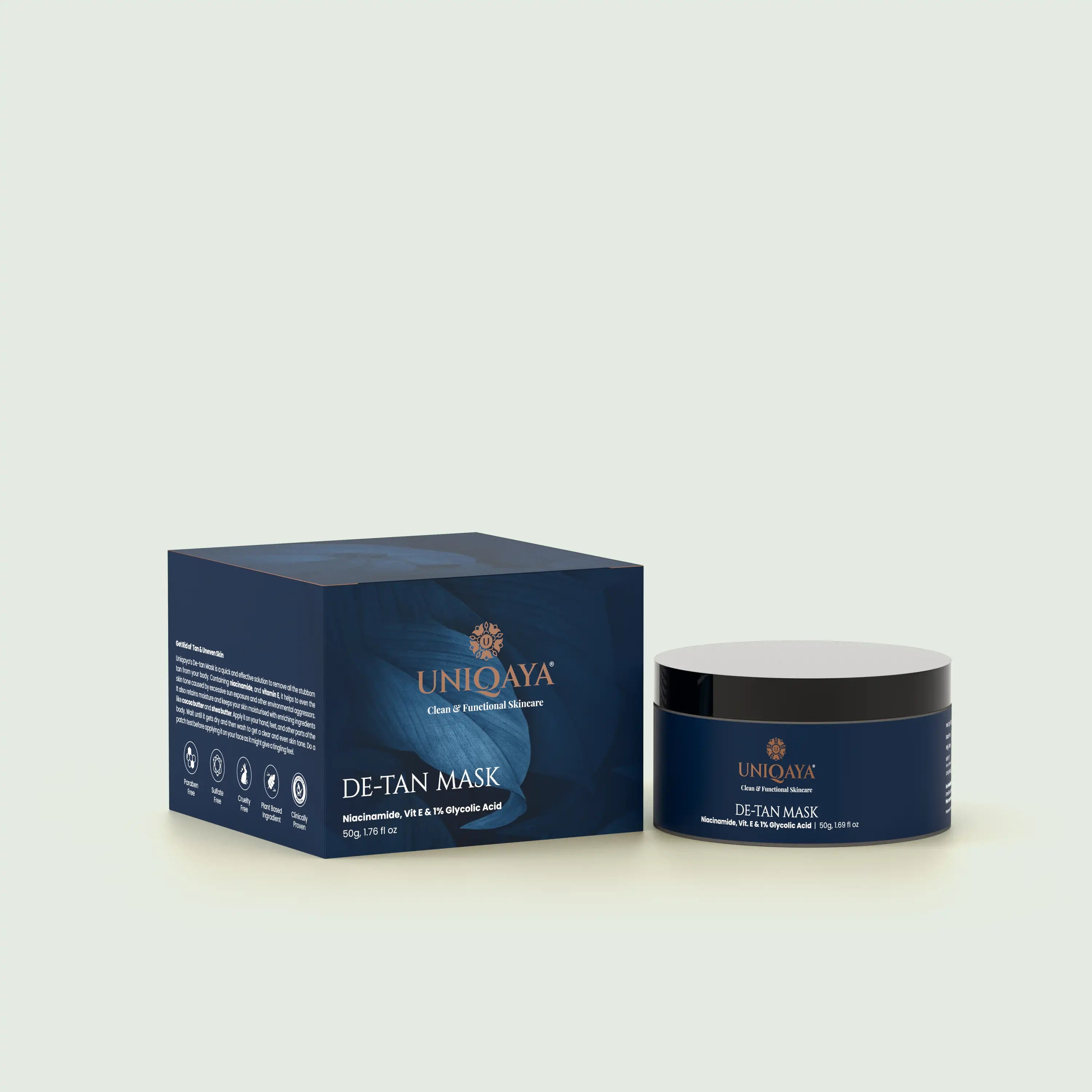

Leave a comment